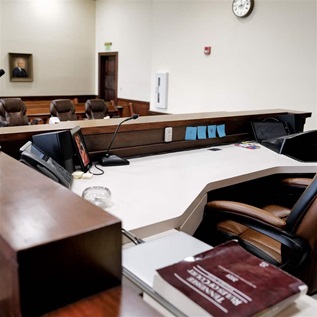Getting with the Program
Community College Students Need Access to Federal Loans
Federal loans are almost always the safest, most affordable way to borrow for college. When family income, savings, grants, and work-study are not enough to cover college costs, loans can help to bridge the gap. Yet roughly 900,000 students at community colleges in 31 states – nearly one in 10 students in this sector – are blocked from the best loan options because their schools choose not to participate in the federal loan programs.1 In 11 states, more than 10 percent of community college students lack access to federal loans, and in seven – six of them in the southern United States – more than 20 percent cannot get a federal loan.
Lacking other options, some cash-strapped students at these schools may have to cut back on classes, work long hours, or leave school altogether. Research has found that these choices all significantly reduce the odds of completing a degree or certificate.
Other students may turn to risky private student loans or credit cards. New federal data show that a still small but growing share of all community college students is taking out private student loans. An alarming 91 percent of private loan borrowers at community colleges did not take out all they could have in federal Stafford loans in 2007-08.
African Americans and Native Americans are much more likely to lack access to federal loans than other community college students.2 Nationally, 18 percent of African-American students and 19 percent of Native-American students attend non-participating community colleges, compared with 8 percent of White students. Eight percent of Latino community college students and 4 percent of Asian-American community college students do not have access to federal loans.
This issue brief examines the availability of federal student loans at community colleges, the concerns that lead colleges to opt out of the federal loan programs, and the effects these colleges' choices can have on students. In recognition that their students can benefit from financial aid, all of the colleges included in this analysis participate in the federal Pell Grant program. Our analysis of default rates, student borrowing trends, and the disparate impact of non-participation on minority students suggests that the best, most equitable way for community colleges to serve their students is to also offer federal loans along with appropriate financial aid counseling.











